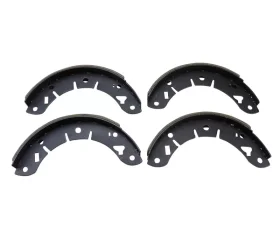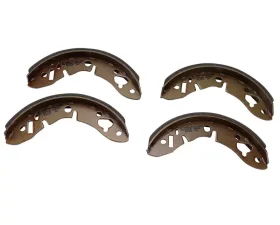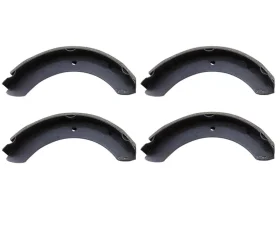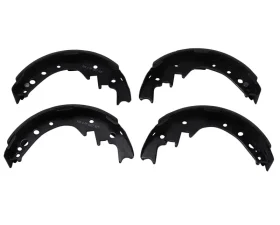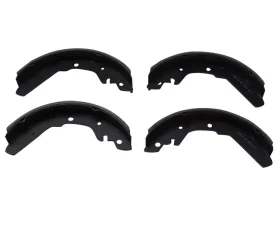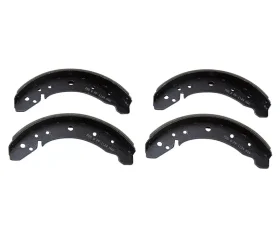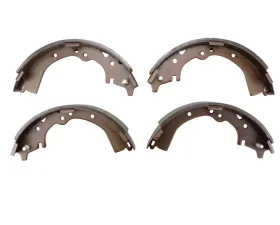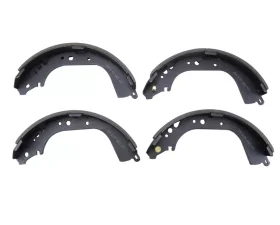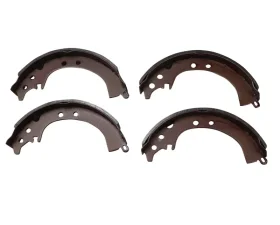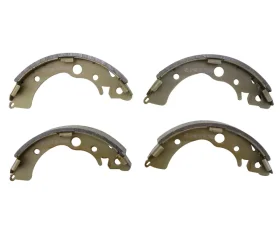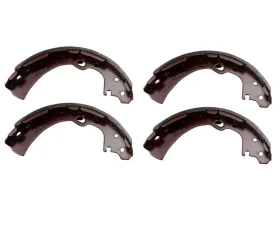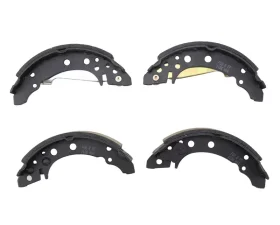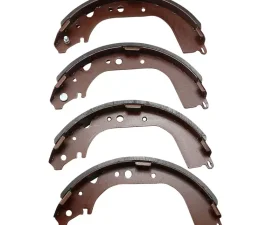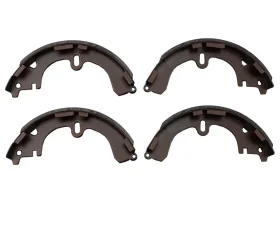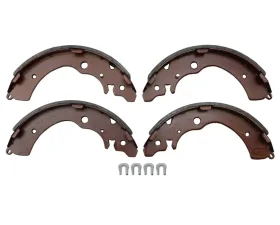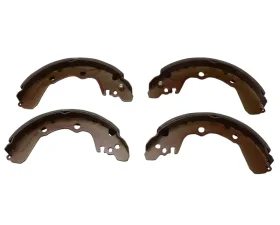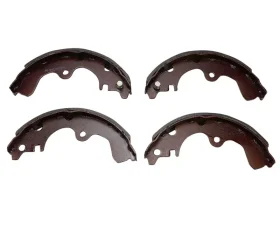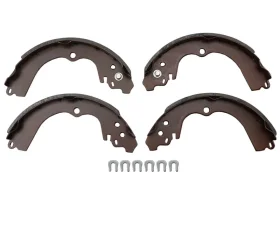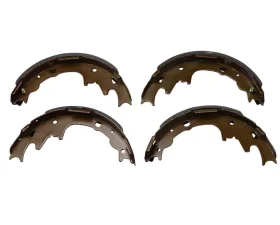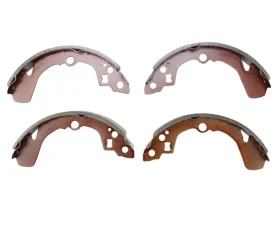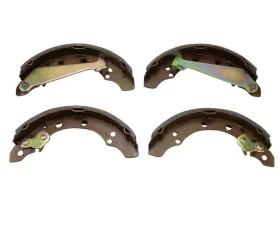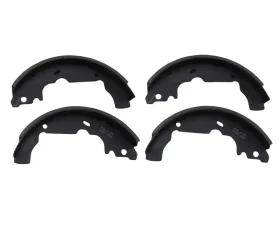NOW TILL 11/14 ENJOY $1 to START Financing - LEARN MORE
Brake Drums
Brake Drums - High-Performance Parts for Enhanced Stopping Power at Vivid Racing

What are Drum Brakes and What do they do?
When it comes to the category of brakes, drums seem to be the dinosaur of them all. Even so, drum brakes work on the same basic principle as disc brakes – shoes press against a spinning surface. A brake drum is a smooth metal cylindrical housing that is attached to the rear wheel hub. They are made from cast iron and are literally named after their obvious “drum-like” shape. The friction between the brake shoes and drums causes your car to slow down and stop. Most new cars from 1999 and above come with rotors at each of their wheels. Older cars may have drum brakes on the rear wheels and disc brakes on the front.
Like a disc brake, the drum brake has two brake shoes and a piston. But the drum brake also has an adjustment mechanism, an emergency brake mechanism, and a lot of springs. The brake drum is one of the most important safety-related parts of the vehicle. It's relatively low-wear and has a long service life. However, if the wear limit is exceeded (if the inner diameter is larger than the permissible limit) or other damage occurs (e.g. to the wheel bearing), reliable braking is no longer assured.
Brake drums are a key component of drum brakes. Together with the brake shoe, the brake drum forms a friction pair that slows down the rotation of the wheel. The brake drum is also responsible for absorbing and discharging the heat generated during braking. This is particularly important because the friction effect between the brake drum and the brake shoe liner decreases as temperatures rise. This can lead to what is known as fading, i.e. a slowing down of the braking effect at high temperatures.
They're not using brake pads as friction material. Instead of a caliper that clamps the brake pads against the rotor, the drum brake system has a wheel cylinder with pistons that push the brake shoes against the inside of the spinning drum. This contact slows down and stops the rotation of the brake drum and the wheel.
In order to ensure a sufficient braking effect regardless of load, the brake drum must be dimensioned with appropriate stability. Its diameter must not be extended beyond the permissible limit under load and at high temperatures. Optimum surface roughness of the friction surface, good thermal conductivity and narrow shape and positional tolerances are further guarantees of stable friction values and therefore reliable and safe braking.
Drum brakes have more parts than disc brakes and are a little harder to service. However, they are less expensive to manufacture and easily incorporate an emergency brake mechanism. As the drums wear out, they can become warped and/or grooved. At that point, the drums are unable to dissipate the heat caused by the braking system. This causes the brake fluid to boil and weaken its ability to slow and stop a vehicle. The enclosed, all-in-one design of brake drums makes maintenance and servicing a little easier, as most components are held in place by spring tension. Once the drum is removed, replacing brake shoes on some cars can be accomplished in under 5 minutes.
We can help. Vivid Racing was voted #1 in customer service nationwide!
Buying from Vivid Racing is the best choice you can make. We back every part we sell with our guarantee of satisfaction. Hands-On Experience and Professionalism is what makes us the best.
Buy online or give one of our world-class sales professionals a call at 1-480-966-3040 If you don't see what you are looking for.

.jpeg?q=90&p=thumb&w=200&h=200)



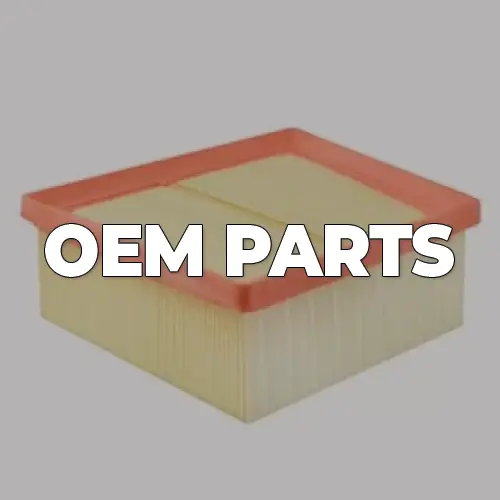

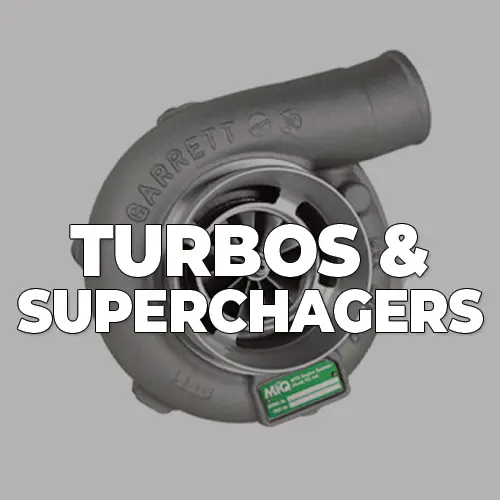

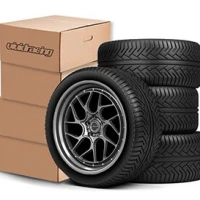


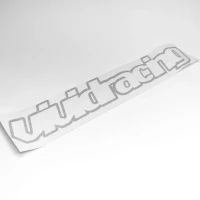
.jpeg?q=90&p=thumb&w=40&h=40) Brakes
Brakes  Driveline
Driveline  Electronics
Electronics  Handlebars & Controls
Handlebars & Controls  Package Deals
Package Deals  Wheel Accessories
Wheel Accessories  Wheels by Vehicle
Wheels by Vehicle  Tools and Maintenance
Tools and Maintenance  Universal & Repair
Universal & Repair  Vivid Racing Gear
Vivid Racing Gear 